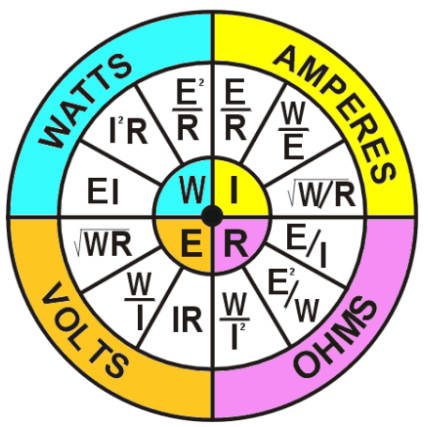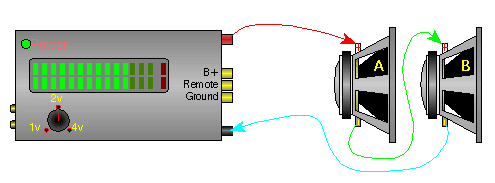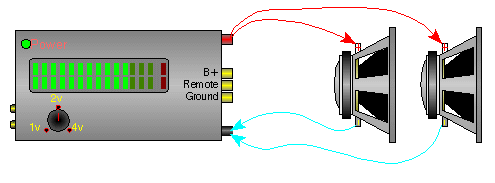Hi all,
Can anyone point me toward a site or blog that offers a quick tutorial about the electronics of guitar speakers and cabinets? I have a reasonable understanding of electronics (RMS stands for Root Mean Square, doesn't it?), I know the difference between series and parallel, but I don't know how ohms relates to watts and power rating and all that.
For instance, if I could find a cheap used Celestion speaker, I'd like to put it into my Marshall VS65R just to see how it sounds. But I don't know whether to get a 4, 8 or 16 ohm speaker and what wattage would be required. And at some point in the future, I'd like to build a 4X12 cabinet, and again need to figure out what kind of speakers to get. I found a site with extensive wiring diagrams for DIY cabinets, but I don't have the foundation for picking one.
Doesn't the amp rating (and the number of speakers, and how they'll be wired) determine what kind of speaker(s) you'll need?
Anyway, if someone knows a site that breaks this stuff down, I'd appreciate a link.
Thanks in advance!
Can anyone point me toward a site or blog that offers a quick tutorial about the electronics of guitar speakers and cabinets? I have a reasonable understanding of electronics (RMS stands for Root Mean Square, doesn't it?), I know the difference between series and parallel, but I don't know how ohms relates to watts and power rating and all that.
For instance, if I could find a cheap used Celestion speaker, I'd like to put it into my Marshall VS65R just to see how it sounds. But I don't know whether to get a 4, 8 or 16 ohm speaker and what wattage would be required. And at some point in the future, I'd like to build a 4X12 cabinet, and again need to figure out what kind of speakers to get. I found a site with extensive wiring diagrams for DIY cabinets, but I don't have the foundation for picking one.
Doesn't the amp rating (and the number of speakers, and how they'll be wired) determine what kind of speaker(s) you'll need?
Anyway, if someone knows a site that breaks this stuff down, I'd appreciate a link.
Thanks in advance!




